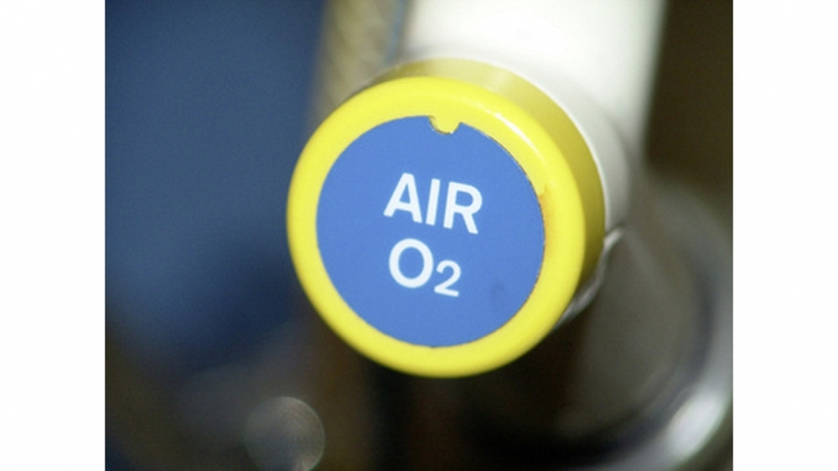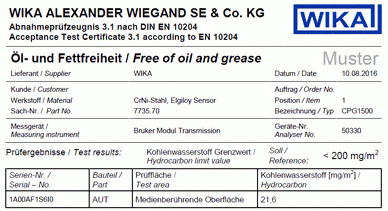
Oxygen, the gas essential for life, is far more complex in industrial applications than our daily inhalation and exhalation suggests. Industry – especially in the chemical, pharmaceutical or medical engineering fields – is, time and again, finding itself confronted with new challenges in dealing with oxygen.
Why is “oil and grease free” so important in oxygen systems?
- Oxygen itself is not flammable. However, it enables and encourages very strongly the combustion of other substances and can, in particular, cause a self-ignition of oil, grease and other substances.
- Materials which do not burn in air can burn very briskly or even spontaneously in oxygen or oxygen-enriched air. This stands, even when the enrichment is only by a few percent.
- Oil and grease (also ointments, gels and disinfectants) can react explosively in contact with oxygen.
- Oxygen significantly increases the temperature of a flame and also the burn rate.
Special cleaning and testing procedures

Classification of contamination levels in accordance with ASTM G93-03:2004 ch. 11.4.3
As a manufacturer of high-quality measuring instruments, WIKA faces up to the increased demands of these markets and develops special cleaning procedures specifically for its products. If, for example, a CPG1500 digital pressure gauge is intended for oxygen service (option “Oxygen, oil and grease free for oxygen applications”), before packing, the instrument will once again be cleaned additionally and taken to the company’s own laboratory for residual hydrocarbon determination. As standard, in calibration technology, a hydrocarbon limit value of max. 200 mg/m² (per ISO 15001:2012) and for particles/fibers a limit value of 1000 µm is defined.
Steps in the calibration technology laboratory
- The wetted parts – specifically the pressure connection – are rinsed with an extractant
- The extractant is collected and analysed for foreign particles, and the hydrocarbon content is determined
- A comparison of the measurement is carried out with respect to the level classification in accordance with ASTM G93-03:2004 ch. 11.4.3
- The wetted parts are rinsed again with an extractant
- The extractant is collected and analysed for foreign particles, and the particle quantity is determined
-
The evaluation of the particle quantity is carried out in accordance with ISO 15001 cat.1
Result of the procedure

Example certificate for CPG1500
The result of this determination, meaning the actual residual hydrocarbon content and number of particles, is documented in a 3.1 inspection certificate in accordance with DIN EN 10204 (see figure). The pressure connection of the cleaned and tested digital pressure gauge is provided with a protection cap. Subsequently, the entire instrument is sealed within foil. In addition, the product label shows the option “oxygen, oil and grease free”. The determination of the residual hydrocarbon content is carried out for each individual digital pressure gauge.
Note
Further information on the CPG1500 can also be found on the WIKA website.

